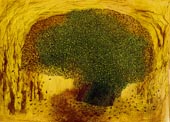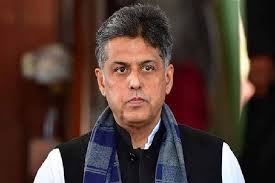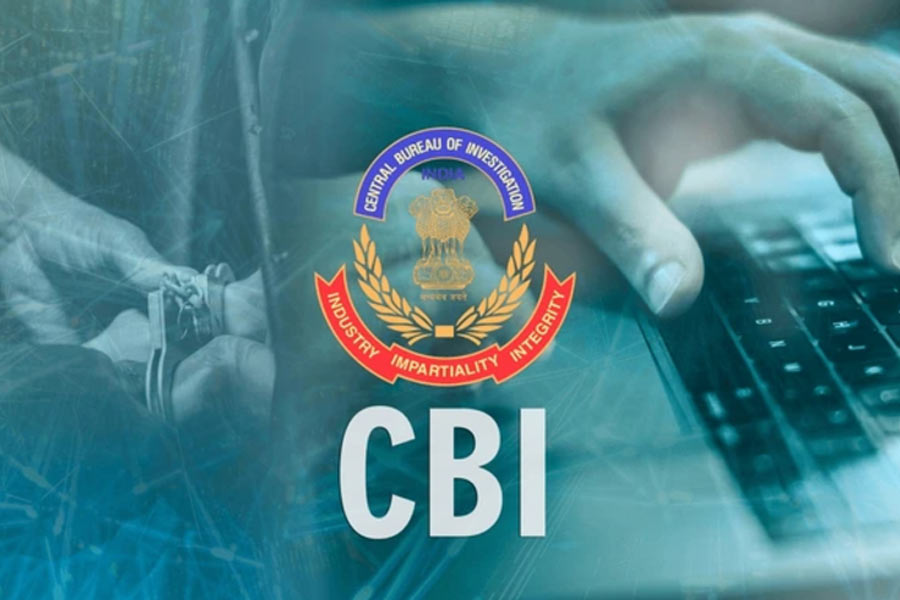|
|
Who is Sita? To the police and inhabitants of the red light districts, she was, not so long ago, the Suppression of Immoral Traffic Act. Both groups enjoyed the irony. We now have the Pita, aiming to prevent rather than ‘suppress’. But problems remain. The intention of penalizing the intermediaries who profited from prostitution rather than independent practitioners never found much favour with the police or the public.
Sita was enacted in 1923 in response to the League of Nations’ Convention on immoral trafficking and applied only to Calcutta. In March 1932, Jatindra Nath Basu, president of the Indian Association, a moderate nationalist, proposed a bill to extend it to the whole province. Women’s associations, already involved in rescue and rehabilitation, decided to lobby for the bill. On March 23, in a meeting with the Calcutta constituency of the All India Women’s Conference, it was decided that a new organization was needed to campaign for the passing and implementation of the bill. On May 5, the All Bengal Women’s Union was inaugurated with Suniti Devi, Keshab Chandra Sen’s daughter, as president.
In introducing the bill, Basu made it clear that the intention was to control the commercial exploitation of women and children, to provide a mechanism to rescue minor girls and women held in brothels, to penalize pimps, procurers and madams, but not to interfere with the independent prostitute. This really spoke to the heart of the matter.
Since the 19th century, opinion had been divided as to how and why women took to the trade. Were they tricked and forced into prostitution? Did they voluntarily choose this livelihood, with no other skills to market? ABWU followed the ideological framework of Basu’s bill, the League of Nations guidelines and those of similar women’s organizations in many countries.
They deplored the existence of prostitution, but accepted its reality; they forbore to interfere with prostitutes but offered ‘rehabilitation’ if desired; they were strongly anti-regulationist, believing that the prostitute was a victim of social and economic forces.
ABWU’s chief objective was ‘the abolition of commercialized vice, and of the exploitation and contamination of women and young persons’. This statement betrays the ambiguity at the core of such efforts: to protect the prostitute from society or the vulnerable in the society from the activities associated with prostitution? Despite such confusion the ABWU was one of the most successful women’s organizations of the period. They won their bill and they won it by presenting a united front of women. At the peak of the nationalist struggle and heightening communalism, this was a rare platform of consensus, bringing together British and Muslim women along with the Hindu and Brahmo elite. They did some sterling work in rescue and rehabilitation, especially during the famine and after Partition. In the period after independence, they expanded the ambit of their activities aimed at providing fresh alternatives to poor women.
The old paradoxes endure, nevertheless. Prostitutes are now demanding to be called ‘sex workers’. They demand recognition of their independent professional status in a way never envisaged before. In question is not only the role of the intermediaries, but also the welfarists, who seek solutions not in the rights of work within sexual commerce but in alternative livelihoods. Even though the women’s movement is contributing new insights into women’s lives and choices, these entrenched ambivalences about who to protect and how from the flesh trade continue. The new professional NGOs remain locked in similar debates.
ABWU has, in the past seventy-five years, moved away from the vortex of this debate, recognizing, if not the right to work in sex, the need to contextualize women’s decisions within wider issues of poverty and patriarchy. But the shadow of Sita lingers, as do the difficulties of those who seek to intervene in others’ lives.
• 1932: ABWU registered under Act XXI of 1860
• 1933: The Home, known as All Bengal Women’s Industrial Institute, opened at 8, Dum Dum Cantonment
• 1939: Dum Dum home closed because of World War II
• 1943: Reopens at 15, Dover Road
• 1945: Home shifts to 4, Ray Street
• 1949: The government gives the 89, Elliot Road premises to ABWU
•1950: Suruchi and primary school open
• 1966: Separate production centre for the employment of trainees
• 1977: Working women’s hostel
• 1982: Pre-primary section
• 1987: Old-age women’s home
• 2000: Legal aid for victims of domestic violence and trafficking
• 2002: Sahayika project for providing nursing training
• 2004: Swadhar project to provide counselling to trafficked girls











